

Leicester Castle Gateway. Little now remains of the traditional seat of the earls of Lancaster, but this early fourteenth-century gateway serves as a reminder of its royal past. Leicester Castle was the home of Blanche of Lancaster and her parents and she bore her first child there in 1360. It also witnessed the deaths of her parents and sister, of Constance of Castile and John of Gaunt. (Helen Wells)

Dunstable Swan. This jewel was discovered during excavations at Dunstable Priory in 1965 and is thought to be the same one mentioned in the treasure rolls of Richard II. It was made from gold and enamel, probably in Paris for the de Bohun family, who adopted the chained swan as their symbol, featuring it on their books, jewels and tombs. Today the jewel is housed in the British Museum. (Justin Ennis)

De Bohun Window, Ledbury church. The de Bohun chained swan, featured in a window in the church of St Michael and All Angels in Ledbury, Herefordshire. The area had connections with the de Bohun family as a result of their inheritance of the earldom of Hereford in the thirteenth century. Similar to the Dunstable jewel, this swan wears a gold coronet around its neck but is depicted with its wings slightly outstretched. (Isla Newcombe)

Kenilworth Castle. A major Lancastrian stronghold, Kenilworth was transformed into a royal palace through the improvements made by John of Gaunt in the 1370s. Katherine Swynford gave birth to at least one of her sons there, as did Mary de Bohun. Eleanor Cobham was also imprisoned there and Margaret of Anjou fortified the castle further, as a precaution, during the Wars of the Roses. (David Merett)

Rochford Manor. The present manor hall in Rochford, Essex, is later in date than the property the earls of Hertford owned in the fourteenth century. On this site, the older manor would have been well known to Mary de Bohun, who celebrated her marriage here with a feast and music played by minstrels sent by Edward III. (Paul Fairbrass)

Monmouth Castle. Monmouth stands on the southern end of the border between England and Wales, a part of Mary de Bohun’s inheritance from the earldom of Hereford. It was here in September 1386 that she gave birth to her eldest child, the future Henry V, tradition has it in a chamber above the gatehouse. (Philip Blayney)

Raby Castle. In 1397, Joan Beaufort, the daughter of John of Gaunt and Katherine Swynford, made a second marriage to Ralph Neville, Earl of Westmorland. She went to live at his family home of Raby Castle in County Durham and bore him fourteen children. The youngest of these was Cecily Neville, whose marriage to the Duke of York forced her into opposition with her Lancastrian roots. (Kristie Davis Dean)

Lincoln Cathedral. John of Gaunt took Katherine Swynford as his third wife in the cathedral in 1396. After his death, she lived out her final days at a property known as The Chancery in the precincts. When she died in May 1403, Katherine was buried under a stone canopy in the cathedral and her daughter Joan was laid to rest beside her in 1437. (David Merrett)

Windsor Castle. In use throughout the period, Windsor Castle was the location of James I of Scotland’s poem The Kingis Quair, in which he is thought to portray himself catching sight of the Earl of Somerset’s daughter, Joan Beaufort, and falling in love with her. The castle was a favourite of Catherine of Valois, who bore Henry VI there in December 1421. Catherine also lived there during the first part of her widowhood, with Jacqueline of Hainault, who became her sister-in-law by her marriage to the Duke of Gloucester. (Khalid B. Al-Ajmi)

Leeds Castle. The beautiful Leeds Castle sitting amid rolling landscape in the Kent countryside was traditionally granted to English queens by their husbands, Anne of Bohemia receiving it from Richard II and Henry IV giving it to Joan of Navarre on their marriage. However, it later became Joan’s prison, when she was sent there for three months in 1422. (Amy Licence)

Prince Henry of Wales. The relationship between the prince and his father, Henry IV, had not always been an easy one. The prince became king in 1413 and, for a while, his step-mother the dowager queen was the leading lady in the land. When Henry’s focus shifted from his French campaigns to marriage, he required funds in order to welcome his bride to England. This may have prompted his decision to accuse his stepmother of witchcraft and strip her of her assets. Henry repented shortly before his death in 1422 and Joan was released after three years. (Simon Rowe)
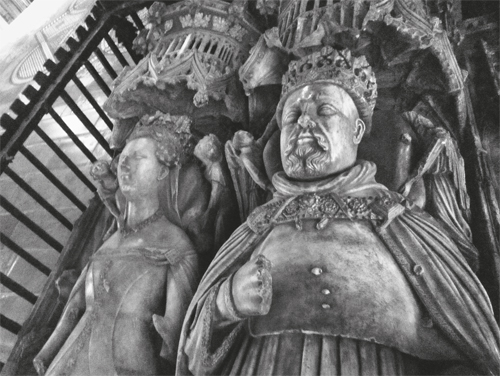
Tomb of Henry IV and Joan of Navarre. This tomb, located in the Trinity Chapel of Canterbury Cathedral, was commissioned by Joan of Navarre, probably in the 1420s or ’30s. It was made of alabaster, painted and enamelled, emphasising their union and regality. Joan was interred there on 6 August 1437. (Amy Licence)
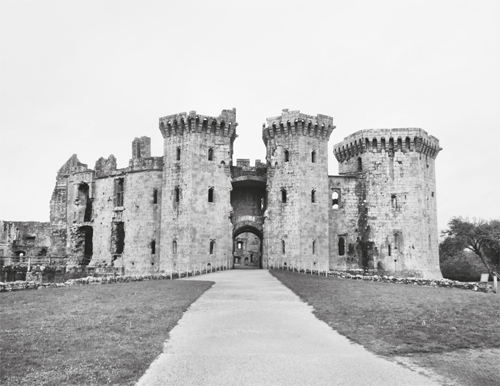
Raglan Castle. The impressive home of the Earl of Pembroke, Raglan became home to the young Henry Tudor after his custody was granted to the earl. During her second marriage, Margaret Beaufort was able to write to her son and occasionally visit him, although they were not permitted to live together. (Amy Licence)
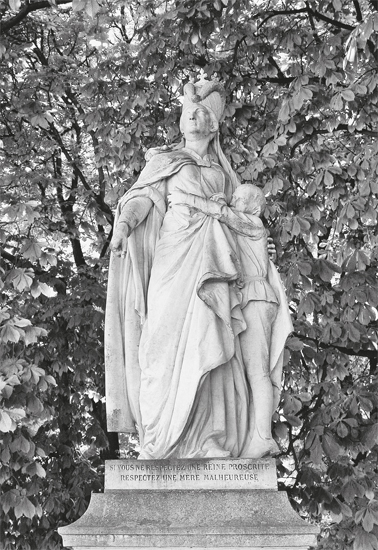
Margaret of Anjou. For years, Margaret followed the model of contemporary queenship, playing the part of a pious and devoted wife of great energy and character. However, she was not prepared to stand aside in the mid-1450s and watch her husband and son be displaced. She chose to fight for her position, although she was inexperienced and faced formidable opponents. (Deborah Esrick)

Edward IV. Cecily Neville’s marriage to the Duke of York placed her in opposition to the Lancastrian regime. In 1460, after Margaret’s army was responsible for killing York and his son Edmund at the battle of Wakefield, there could be no reconciliation between Cecily and the woman she had welcomed in Rouen. Early in 1461, Cecily’s 18-year-old son returned to avenge his father and, after decisive victories at Mortimer’s Cross and Towton, was crowned as Edward IV. (Amy Licence)
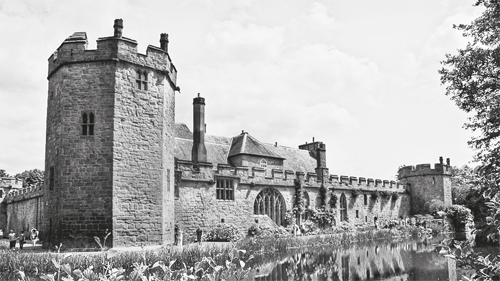
Maxstoke Castle. Margaret Beaufort’s second marriage to Lancastrian Sir Henry Stafford took place in January 1458, at the beautiful location of Maxstoke Castle in Warwickshire. The chapel was situated to the north of the great hall with a large window in the western wall; the wedding feast would have followed in the hall. (Steve Wilson)
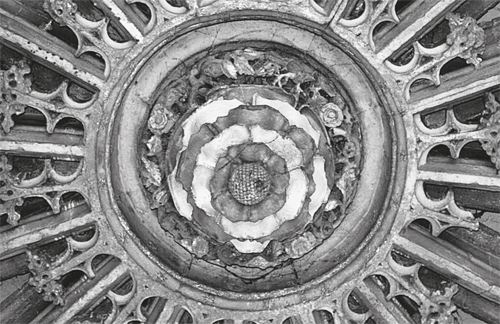
The Union Rose, Canterbury Cathedral. Upon the marriage of Henry Tudor and Elizabeth of York in January 1486, the dynasties of Lancaster and York were united. The symbols of the white rose of York and the red Lancastrian rose were united to create the union rose, examples of which can be found carved into the fabric of buildings and painted on walls and manuscripts. (Paul Fairbrass)
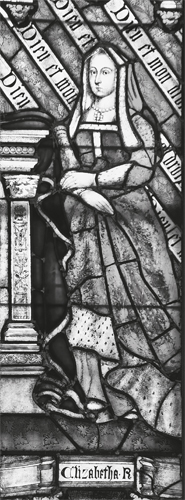
Elizabeth of York. She became the first Tudor queen, living closely and in apparent harmony with her mother-in-law Margaret Beaufort. She bore seven, perhaps eight, children before dying after childbirth in the Tower of London in 1503. (Amanda Miller)